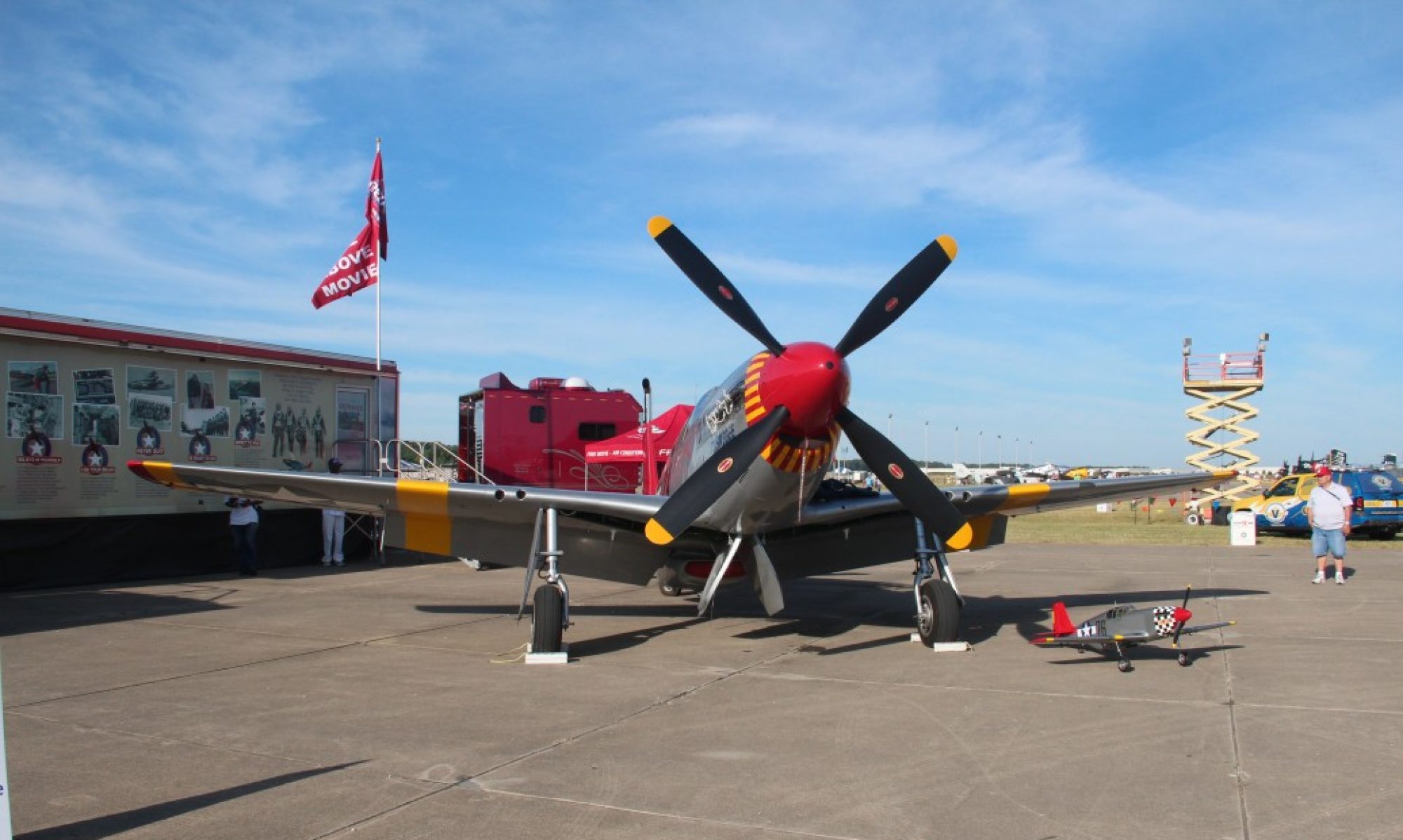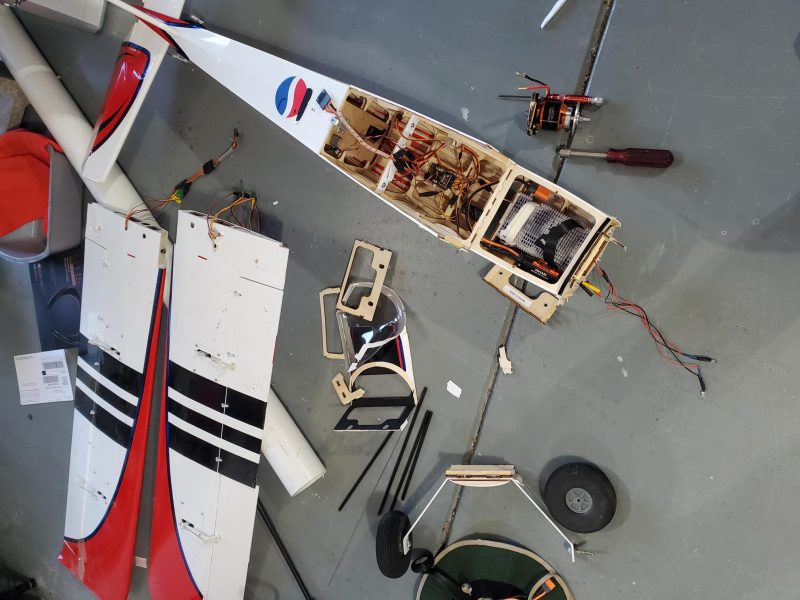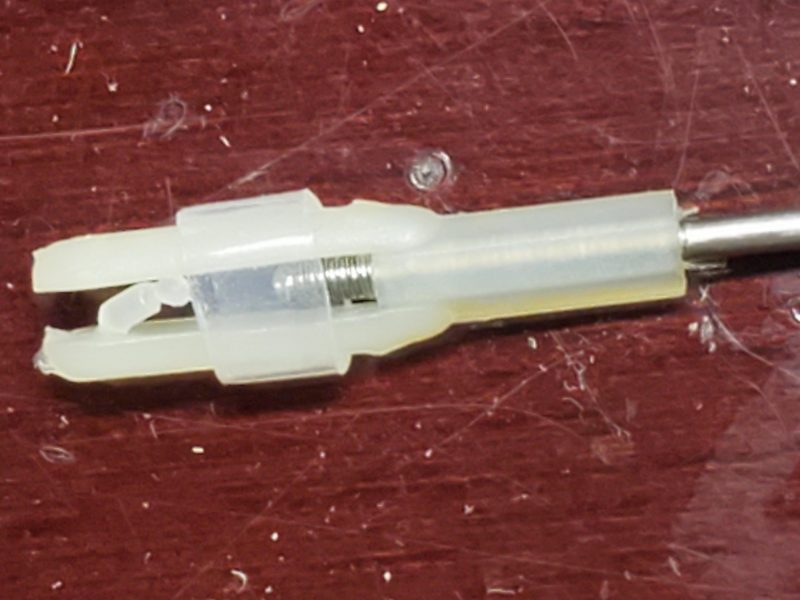All of our planes have expiration dates on them, and unfortunately the Tubro Timber 2M’s clock expired on May 30th!
Here is a shot of (mostly) parts after the crash
This was very disappointing after all the time and effort I took to set this airplane up the way I wanted it. Often, I purchase a plane and just do what I think is necessary to get a few good-safe flights before deciding if I wanted to spend the time to really make it mine, but I took the route of “I will be flying this plane for years, lets do it right!” with the TT,
I have documented a majority of those changes in previous posts so I won’t rehash those here. So what happened?
I was flying my third flight of the day when things went wrong. On the first couple flights, I had been practicing some short takeoff and landings. Using take-off flaps and full throttle got me takeoffs with lots of right torque and about 2 feet of roll from a dead stop! Nice… need to work on correcting for the torque. With short landings I was making full flap touches and then slapping in reverse thrust. Not quite mastered yet, but promising! I did lose one prop to a ground strike while doing this so gave up on that manuever for the day.
Flight three, I started experimenting with the flight envelope. I made some slow passes with full and partial flaps along with some rolls, loops and other basic aerobatics. I had also made a couple of high speed passes. I had just noticed that one of my high speed passes registered 90 mph… wow. I made a nice half loop climb to about 300 feet and rolled back to upright. I then pushed down gently at about 2/3rd throttle, intending to establish a 45 degree dive back toward the runway. As I rolled in more throttle I suddenly lost control of the pitch of the airplane… I believe I made it to about 20 degrees down pitch when it pitched back up momentarily… what the???
At this point I heard what was obviously flutter of the elevator. If you haven’t experienced it, I can tell you it sounds like a loud buzzing sound and you won’t like it. I immediately pulled back on throttle and tried to level the plane but instead it simply pitched a bit further nose down and dove to the ground. She hit hard with about 60 degrees of nose down. Later investigation showed damage to the cowl (mangled), electric motor box (crushed), landing gear (ripped out), windshield, front and rear wing mount (ripped out), horizontal tail (shattered on both sides)… etc… It was pretty much a total loss airframe wise. Wings looked better but it turns out the root rib on one is broken and the other has quite a bit of compression damage on the trailing edge of the flap and aileron.
As is often the case, it is impossible to be 100% sure, but I think this is the culprit:
This picture is showing the elevator clevis as it existed when I recovered it from the wreckage.
In retrospect, I should have known that an airplane with this amount of power and speed should not use plastic/nylon clevises. I just don’t trust them at 90+ mph… Its disappointing that E-Flite didn’t use some better hardware and even more so that I didn’t think to change it out. My only excuse is I honestly did not think the TT would be quite this fast… I was thinking of it as more of a STOL airplane.
I have since figured out that the hardware is 2-56 (more or less). Its a bit sloppy when I thread a standard 2-56 metal clevis on the rod… I’d minimally use a jam nut with a metal clevis and likely I’d likely use 2-56 with bolt through ball links. I don’t think there’s a need for 4-40 as all the rods are nice and short!
I would love to get another, but I won’t spend the full spend again on a BNF. I’ll consider an ARF or 2nd hand purchase if I can find one… and in the meantime I am reaching out to Tower Hobbies both to inform them of the issue and ask if they are willing to work with me on a replacement. I don’t expect them to just ship a full replacement but I’m hopeful they give me some consideration toward the cost to do so.
If nothing else I’m hopeful they will add some sort of advisory, so that others can consider some way to avoid similar occurances in the future… or even changing out the hardware on future production runs.
Please learn from my mistake!! If you have a big/powerful/fast airplane with similar hardware… consider an upgrade.
I’ve linked the previous information on my adventure with this aircraft below. Please browse at your leisure.
Part 2 – Inspection and possible modifications
Part 3 – Assembly and modifications


